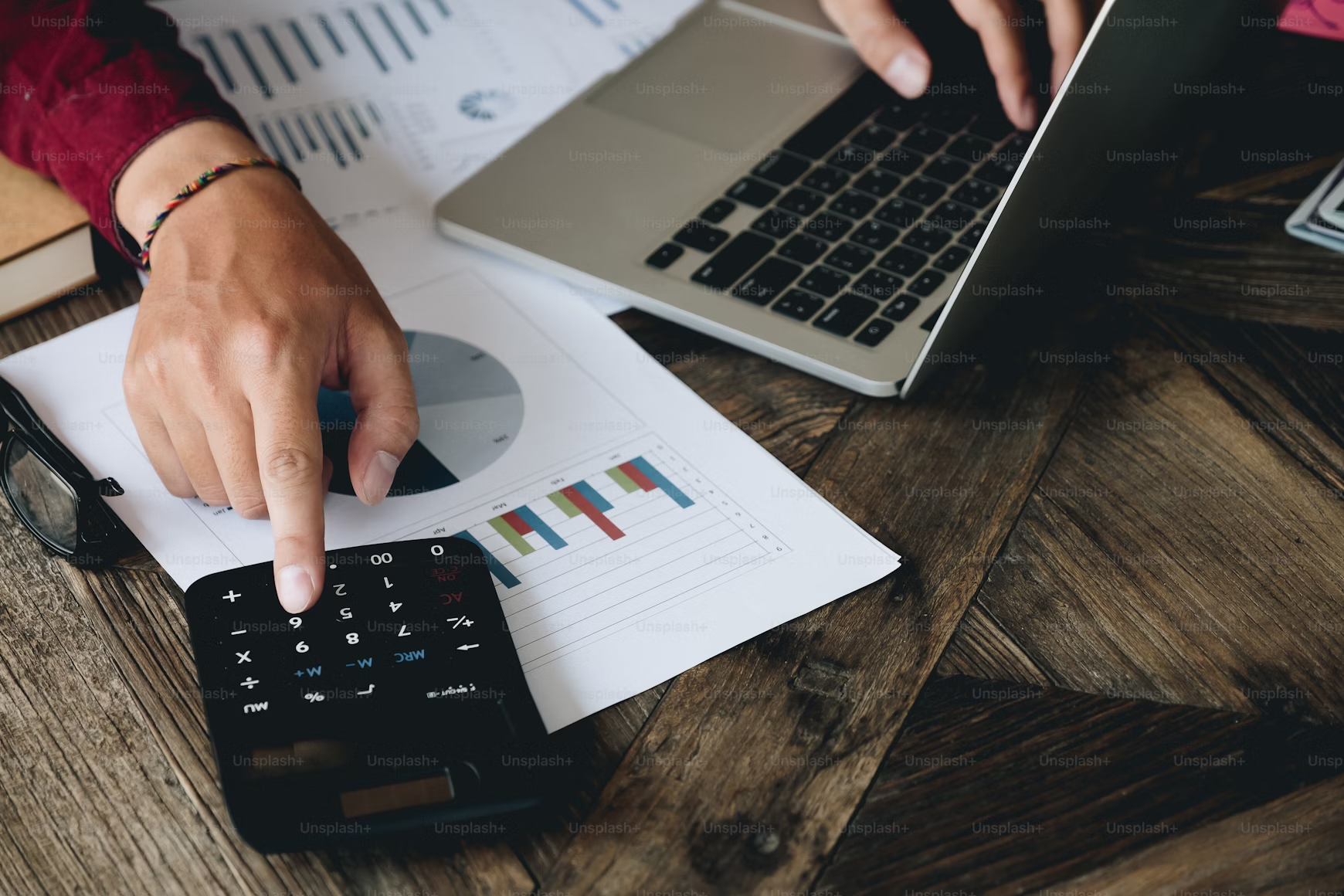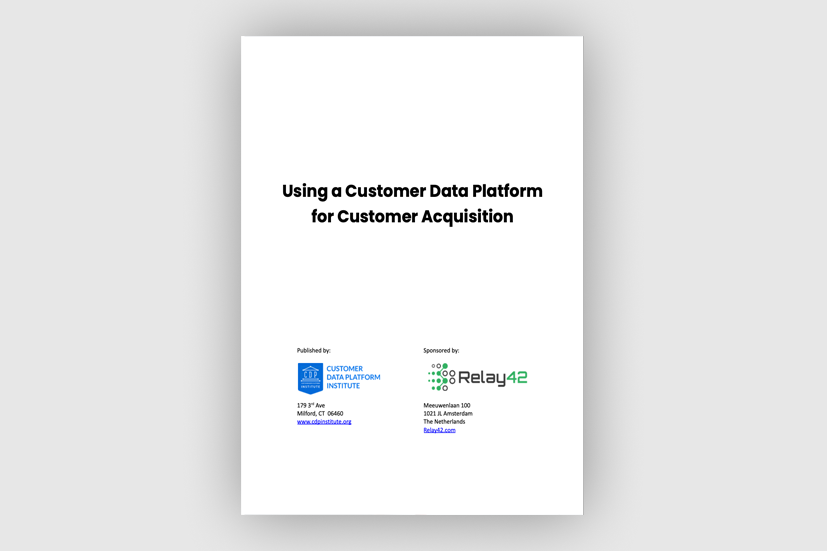2025 Customer Acquisition Cost (CAC) Calculator
by Melis Karabulut on 21.2.2025

Marketers, commercial teams and CFOs would all agree that calculating customer acquisition cost (CAC) is one of those things that you need to do right. It tells you how much you’re spending to acquire a new customer. If it’s too high, profitability takes a hit. If you manage it well, your business becomes more sustainable and scalable. And it is one of the key success parameters for your commercial success.
That is why you need a solid grasp on CAC, as it helps with budgeting, improving marketing and sales efforts, and identifying which acquisition funnel marketing strategies actually bring growth.
In this guide, we bring you a CAC calculator, as well as some useful information on what CAC means and how to bring it down without sacrificing growth. We’ll also go over useful tools, key metrics, and strategies that actually work for B2C brands in 2025.
Customer Acquisition Cost (CAC) Calculator
Results
What is Customer Acquisition Cost (CAC)?
CAC is the total amount you spend to acquire a new customer. It includes ad spend, software costs, salaries for your sales and marketing teams, and anything else that contributes to getting that person to convert.
What is the formula for calculating customer acquisition cost?
Many marketers overcomplicate this metric, but the cost per customer acquisition formula is straightforward:
.png?width=6912&height=3456&name=Roboto%20Condensed%20(4).png)
For example, if you spent $50,000 in a month on marketing and sales efforts and gained 500 new customers, your CAC would be $100 per customer.
Use the CAC calculator above to see what your customer acquisition metric is.
How to determine if your CAC is "good"
Your goal as a marketer should be to maintain as low CAC as possible. While that is a challenge (in the last 5 years, average CAC has increased by 60%) there are many ways you can optimize your customer acquisition expenses. Several factors impact how much you’re spending to acquire customers like industry or business model, and there is no really one-size-fits-all in answering ‘what is a good customer acquisition cost’.
Marketing channels vary a lot in cost and effectiveness, and digital acquisition marketing often has different expense levels than traditional methods. A longer customer journey increases costs, and businesses in highly competitive industries (example: in retail, think about fashion or skincare) usually face higher acquisition costs, where many brands are bidding on the same terms or audiences and driving up the cost per click. Customer retention and lifetime value also plays a role, as brands with loyal buyers can afford to spend more on acquiring customers because repeat purchases help offset costs.
To ensure optimal profitability, your CAC should be significantly lower than LTV. A common benchmark is an LTV:CAC ratio of at least 3:1 (meaning a customer should generate three times the revenue of what it costs to acquire them). If CAC is recovered within 3 to 6 months, it’s considered efficient. If the CAC payback period is longer than a year, it could be unsustainable.
Watch: How to Unleash the Power of Data to Boost Customer Acquisition
How to reduce customer acquisition cost without hurting growth
Getting your CAC to an optimal and profitable level is a must for your business’ sustainability and growth. Three strategies that we recommend you to consider to reduce the cost of your customer acquisition are as follows:
1. Understand your customer acquisition funnel, and improve it
The customer acquisition funnel represents the journey your potential customers take from first discovering your brand to making a purchase. This is how the traditional customer acquisition funnel looked like:
.png?width=6912&height=3456&name=Roboto%20Condensed%20(5).png)
The customer acquisition funnel today is far from the linear path it once was. Modern consumers weave through multiple touchpoints before making a purchase decision, which makes it crucial to understand each stage of their journey.
Here’s a very common buyer journey example in 2025: A customer discovers your skincare product through a TikTok video, checks reviews on Instagram, compares prices on Google, and finally purchases through your mobile app two weeks later. This path demands sophisticated customer journey mapping, as well as acquisition analytics to track and optimize effectively.
Your acquisition strategy therefore needs to account for the changing customer acquisition landscape. Social commerce platforms like TikTok Shop and Instagram Shopping have revolutionized how customers first encounter your brand. That is why your marketing team needs to be creating authentic and engaging content and integrate opportunities that convert on-spot. Together with that, consider leveraging customer acquisition platforms to track how users interact with different types of content in different channels, and use these insights to refine your approach and messaging.
A reminder - based on your buyer profile and business model, your acquisition funnel (as well as your CAC) may look different than other companies in your industry, that is why it is a good practice to closely investigate your customer acquisition funnel periodically, address where the bottlenecks are, and tweak your marketing tactics accordingly.
While optimizing your acquisition & conversion funnel, make sure that you also:
- Improve your website user experience (ex: consider a mobile experience audit)
- Implement retargeting ads to attract visitors who abandoned their buying journey.
Toolkit: The Comprehensive Framework for Optimizing Customer Journeys
2. Implement targeted marketing via high-performing channels
Not all user acquisition channels are created equal. Some brands thrive on paid ads, while others see more success with influencer marketing or referral programs. Analyzing customer acquisition metrics helps you identify where you’re getting the best return on investment.
Diversifying your approach can also help. If one channel becomes too expensive or ineffective, having alternatives allows you to maintain a steady stream of new customers without drastically increasing CAC. Having alternative acquisition strategies is therefore a good practice here. Whether it’s leveraging organic search, partnerships, or emerging platforms, spreading your efforts strategically helps stabilize CAC over time and keeps customer acquisition sustainable.
Together with that, make sure that you’re dedicating some time to audience segmentation for highly-targeted campaigns. This will help your brand resonate better with specific audiences based on their demographics, interests and behavior on your channels; as well as create lookalike audiences for groups that share characteristics that are similar to one another.
3. Make use of smart customer retention strategies
Finally, as mentioned in the first section, one of the most effective ways to reduce CAC is by increasing customer lifetime value. If customers return for repeat purchases, the cost of acquiring them becomes more justifiable. Loyalty programs, personalized offers, and proactive customer support all contribute to better retention.
Engaging with customers post-purchase through email marketing and personalized recommendations can keep them coming back, ultimately lowering your long-term CAC.
Final Words
Customer acquisition cost is a vital metric for business success, and it doesn't have to be a barrier to growth. You can maintain healthy CAC levels while scaling your business with the tactics we shared above - such as optimizing your acquisition funnel, focusing on high-performing channels, and investing in customer retention.
Remember to regularly check your acquisition analytics and adapt your strategies as consumer behaviors evolve.
Interested in being more data-driven with your customer acquisition strategies? Join our upcoming webinar Driving Customer Acquisition From Anonymous Web Visitors in eCommerce on February 27th!
You May Also Like
These Related Stories

How to Calculate Customer Lifetime Value (CLV) for B2C Brands (2025)

Customer Acquisition is Harder Than Ever in 2025. Here’s How the Right CDP Can Help


.png?width=786&height=265&name=Relay42%20Demo%20Banner%20(1).png)